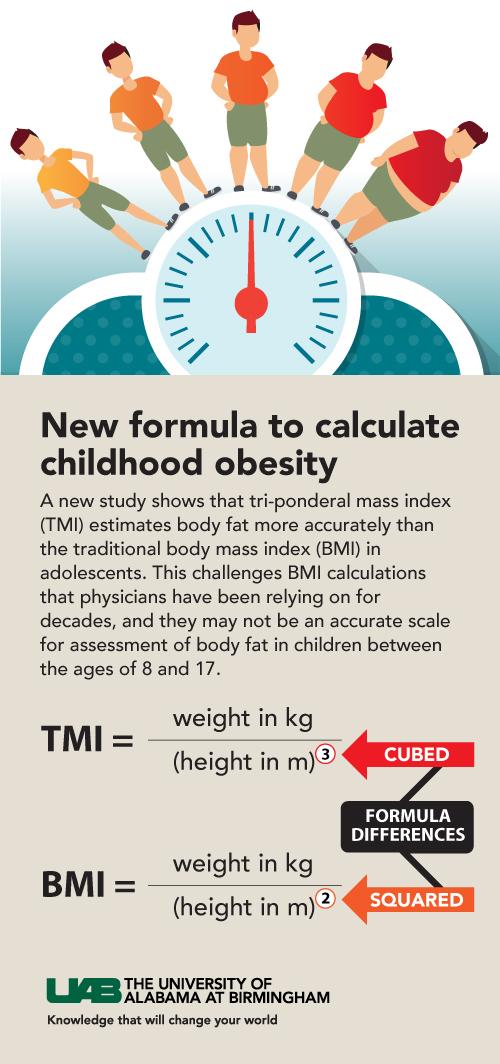March 2007 - In the last several years, a significant amount of interest has developed in the study of the association between body mass index and prostate cancer risk.
Some studies have suggested that BMI holds no relationship with prostate cancer risk, while other more recent studies segregating patients based on Gleason score suggest otherwise. Patients with an elevated BMI seem to have a decreased risk of lower grade disease while exhibiting an increased risk for high grade disease. While some investigators have suggested that obese patients present with more advanced prostate cancer due to differences in screening behavior, this hypothesis has not been extensively studied.
In the February issue of the Journal of Urology, Scales, Moul and colleagues from Duke report the results of an epidemiological study of 57,827 men age 40 years or older who underwent prostate cancer screening. All patients formed part of the 2002 Behavioral Risk Factor Surveillance System, a telephone-based survey conducted by the Centers for Disease Control and Prevention. Respondent characteristics recorded included age, BMI, race, household income, marital status, overall health, number of physician visits, census region, and history of diabetes mellitus.
The mean age of the cohort was 55 years with 61% of patients being age 50 or older. Forty-eight percent of patients reported being overweight and 25% obese.
Obese men were more likely than men with a normal BMI to ever have had a serum PSA test (62% vs. 56%, p < 0.001) or a test within the last year (44% vs. 38%, p < 0.001). Obese men also visited their physician more frequently than non-obese men (OR 2.88, 95% CI 2.57 to 3.22).
Continue Reading Below ↓↓↓
These data from a large epidemiological study showed that obese men undergo prostate cancer screening at a higher rate than non-obese men.
This study suggests that the observed higher incidence of high grade disease in obese men may not be explained by different screening behavior alone and may be due to underlying differences in tumor biology.
Source: UroToday, Newswise










